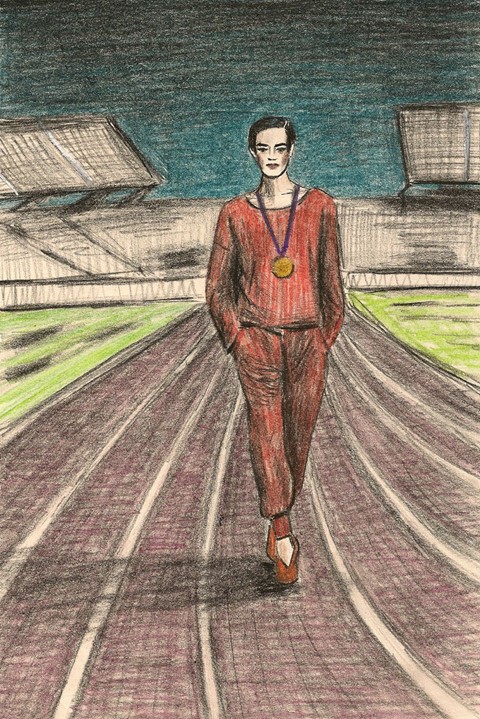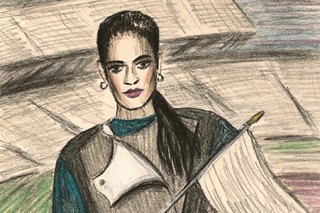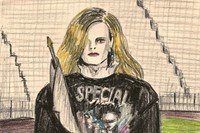When designers unveil their collections, they try to tap into what we’ll be interested in six months before we know ourselves. And for autumn, they predicted that the mood of the moment would take inspiration from the biggest event of the summer:
When designers unveil their collections, they try to tap into what we’ll be interested in six months before we know ourselves. And for autumn, they predicted that the mood of the moment would take inspiration from the biggest event of the summer: the Olympics.
Labels of every calibre and inclination fielded some type of luxury sportswear for autumn/winter 2012, reimagining and reinterpreting the practicality and pragmatism of the genre each according to their house’s spirit and aesthetic. Some designers challenged the boundaries of the terms with as much vigour as an Olympian going for gold; other were more literal. But all were hooked by the fluidity and elegant ease that sportswear offers.
Sportswear in fashion means more than it does in the vernacular; in this case, it simply refers to any piece which is not tailored – that is, casual and fuss-free, non-rigid clothing. What began in the fifties and the revolution in mass-market casualwear, fronted by great American sportswear designers like Claire McCardell, has evolved into the uptown but low-key luxury of labels such as Michael Kors and Donna Karan.
But what was offered by designers this season took that directive of comfortable luxury and crossed it with more literal references, with Stella McCartney in particular – she who created the Team GB kit, of course – adding in go-faster seams, large pock-marked knitwear that referenced aertex in its over-sized vents, and loosely tailored trousers that flapped and fell like jogging bottoms, for all their silken snakiness.
"Christophe Lemaire’s take on sportswear shunned the archives in favour of a clean and pared down aesthetic that was sporty in its relaxed fit and cuffed ankles"
At Balenciaga too, creative director Nicholas Ghesquière worked track and field references into a collection that was tinged with retro-futuristic Eighties sci-fi references. Stiffly cut sweatshirts made from technofabrics were emblazoned with nostalgic fantasy motifs redolent of the arcade game-era, while trousers had elasticated waists and a knowingly synthetic sheen that wouldn’t look out of place at the gym. Shoes meanwhile resembled a carefully laced trainer, albeit one with a high heel.
Meanwhile, Christophe Lemaire at Hermès had a wealth of sporting history to turn to for inspiration – the venerable house has outfitted equestrians for more than a century, and has in fact kitted out the French showjumping team for London 2012. But Lemaire’s take on sportswear shunned the archives in favour of a clean and pared down aesthetic that was sporty in its relaxed fit and cuffed ankles – as well as its primary palette – but sumptuously textured and soigne in its emphatic minimalism.
But, while sportswear proper has performance at its heart, sports luxe is about making exertion easier or at least more palatable, whether through tensile fabrics or plush and cosily inhabitable textures. ‘Faster, higher, stronger’ might be the slogan of the Games themselves, but there’s a bluster to them that almost perfectly fits with the current sartorial mood too.
The Paralympic Games runs August 29 until September 9.
Harriet Walker is a fashion writer at The Independent. Her book Less is More: Minimalism in Fashion is out now, published by Merrell. Zoë Taylor's work has appeared in Le Gun, Bare Bones, Ambit and Dazed & Confused. She is currently working on her third graphic novella and an exhibition.


